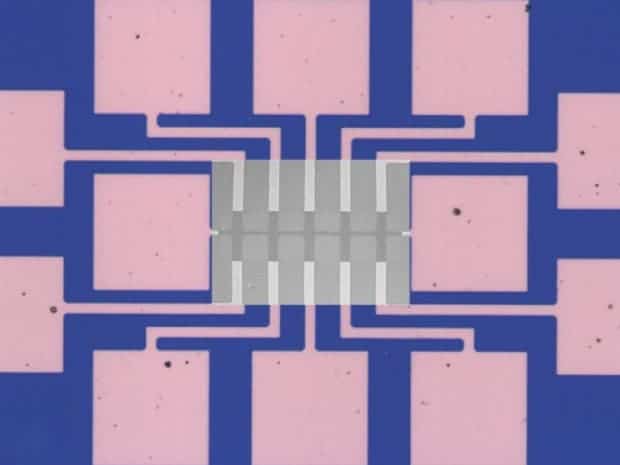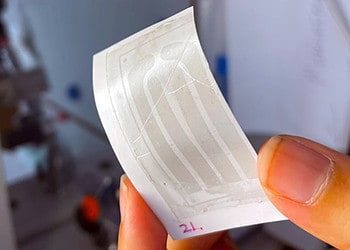
We’ve written extensively about graphene here on ZME Science, awarding it much praise and promise. Truly, if you read a bit about what graphene can do [strength, conductivity, cost, etc], you’ll soon learn to love it. So, why aren’t we seeing graphene used everywhere, from computers to aerospace like so many science papers herald its potential applications? Well, serious graphene research has only been taking place in the past 15 years or so, which makes it too early for mass scale introduction. One particular challenge relates to exactly this necessity: how to manufacturer quality graphene on a mass scale?
A lab in South Korea, supported by consumer electronics giant Samsung, reports they’ve made one of the biggest breakthroughs in graphene research history after scientists there devised a technique that makes the material inexpensive enough for use in the electronics industry. Bolstering claims aside, the team at Sungkyunkwan University’s School of Advanced Materials Science and Engineering and the Samsung Advanced Institute of Technology was able to to make large sheets of graphene by growing it on a layer of specially treated germanium.
Making graphene in bulk
To be more precise, the process starts off with a basic, standard silicon wafer – the kind the electronics industry is all to familiar with. A thin layer of Germanium coating is applied to the wafer, which is then emerged in a dilute hydrofluoric (HF) acid solution. This strips off the naturally forming germanium oxide groups, only leaving hydrogen atoms that are bonded to the germanium underneath. After a series of vacuum thermal treatments, a fairly common vapor deposition is used to deposit a graphene layer atop the H-germanium one. After another series of baking and cooling in vacuum, graphene begins growing in several places and then joins together, merging several small sheets into one large seamless one; a feat that has been very challenging up until now.

Ultimately, it all winds up to peeling off the graphene monolayer monocrystals from the wafer and tada! Concerning quality, the researchers involved say the resulting material is of high quality and low defects. In addition, because a dry process was used, the germanium and silicon wafer can be reused. Currently, the most popular method of producing graphene is on a copper substrate, which is then wastefully burnt away with acid.
Graphene is often touted for its potential to replace silicon in computer chips, which would allow for faster, more efficient computing. But it is also a major candidate for displays — which generally rely on indium tin oxide — because graphene is just an atom thick, transparent and ultra-tough.
[ALSO READ] The Graphene transistor
Before graphene can be used properly to its full potential in electronics, however, scientists need to figure out a way to give it a bandgap [which it doesn’t have in native form], else it can’t be used to make transistors – the backbone of computer chips. According to Samsung, researchers used their graphene manufacturing technique to build some field-effect transistors (GFETs), which performed quite well. For now, that’s about it, but future advancements coupled with this latest manufacturing process, might finally usher in the age of graphene – one that we’ll all be glad to enter… in about 10 to 20 years or so.
The findings were reported in a paper published in the journal Science.






